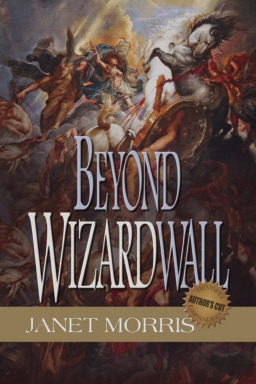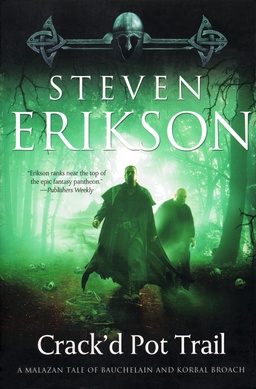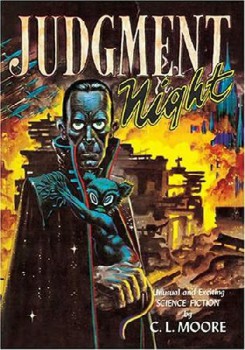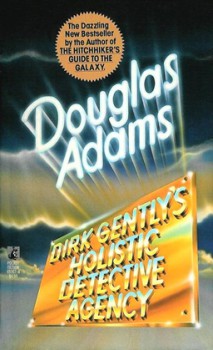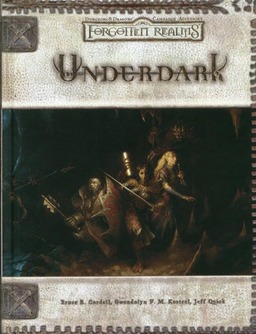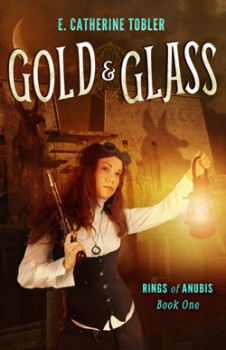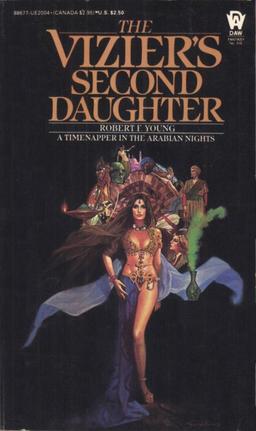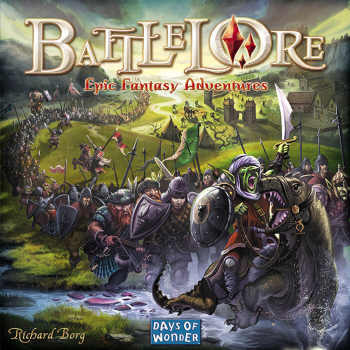Bazaar of the Bizarre: Sci-Fi Creeps and Horror Crawlies for a Quarter
 Because I don’t collect enough crap already, I’ve kinda started a new hobby collection. A few months back I shared about my childhood affinity for rubber critters, plastic spaceships, puffy-sticker monster faces, and a myriad of other pocket-sized products that could be had for a quarter from the supermarket vending machine. Well, why buy them individually when you can have the whole vending card?
Because I don’t collect enough crap already, I’ve kinda started a new hobby collection. A few months back I shared about my childhood affinity for rubber critters, plastic spaceships, puffy-sticker monster faces, and a myriad of other pocket-sized products that could be had for a quarter from the supermarket vending machine. Well, why buy them individually when you can have the whole vending card?
You may yourself fondly recall the windows of enchantment that lured you to plunk your silver into the slot and eagerly turn the crank: displayed behind the glass were all the amazing things — artfully arranged and shrink-wrapped to a colorful cardboard backing — that might plop into the palm of your hand in an acorn- or bubble-shaped plastic capsule.
It’s easy enough to postulate a psychological motivation behind this new pursuit of hounding down vintage vending cards. Surely you experienced the same disappointment I often did: you’re looking at a rubber monster or a plastic tank with swiveling turret or a metal cap-gun; you go through the rigmarole of begging your mother to spare some change from her purse (this was often quite a feat requiring a great deal of persuasion — sometimes called “throwing a tantrum” — and it didn’t always pay off; in fact, the more you put into it, the greater the odds that you’d be denied on principle: “Well, I can’t give it to you now, because then you’d get the impression that you can throw a fit and get rewarded for it” — a line of reasoning that, as a new parent, I now find myself paraphrasing quite frequently); you succeed in scoring the quarter and feed the machine — crank crank crank — (anticipation) — the clank of the metal trapdoor — the popping of the lid…
